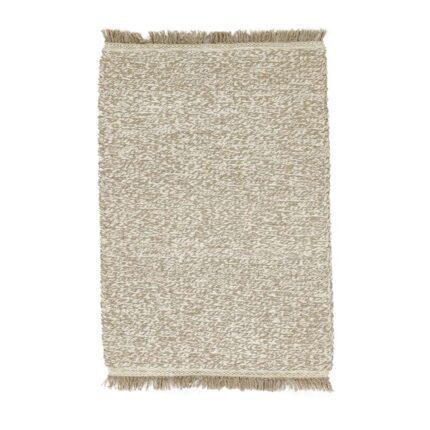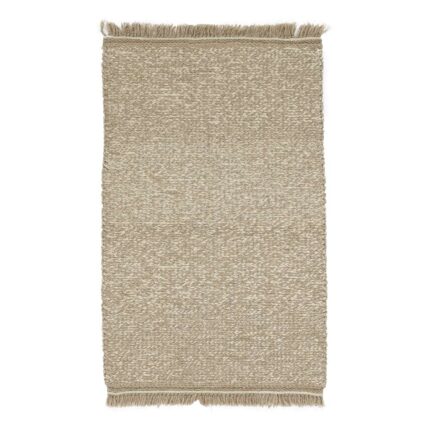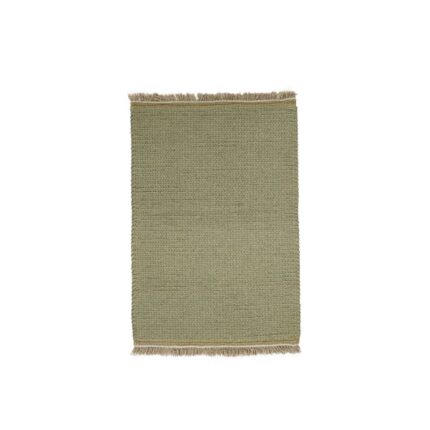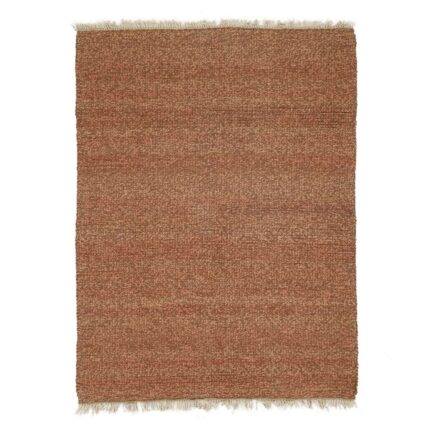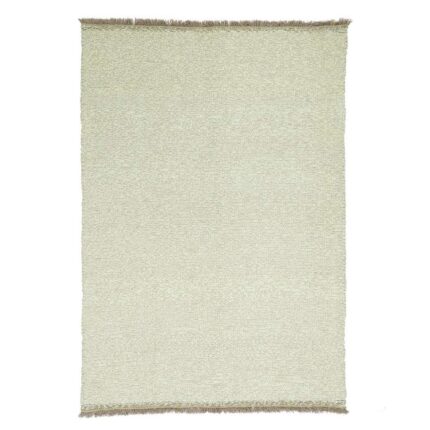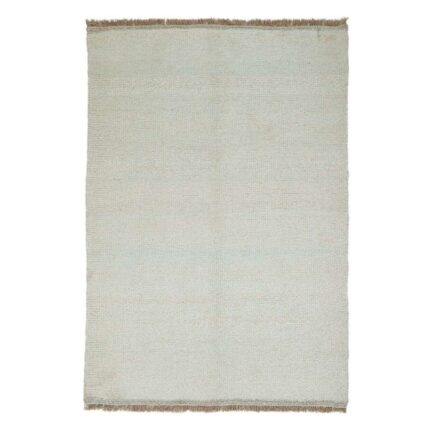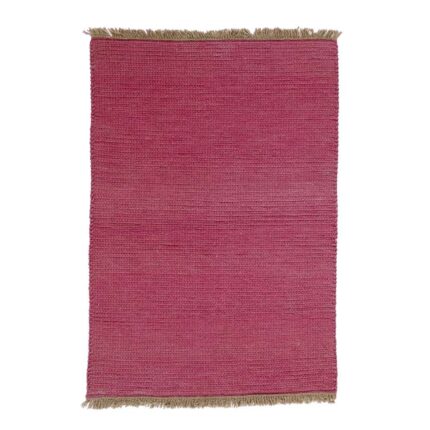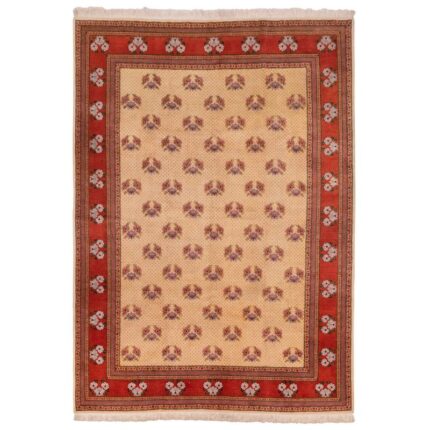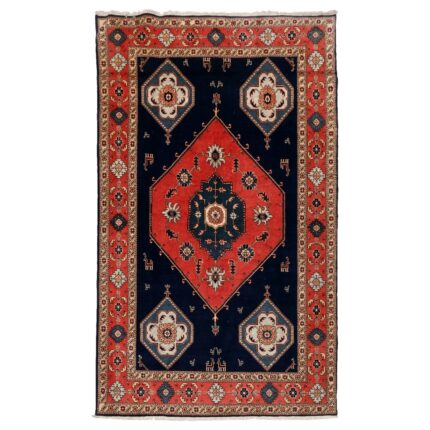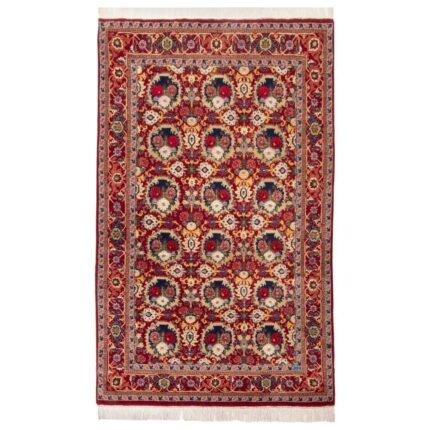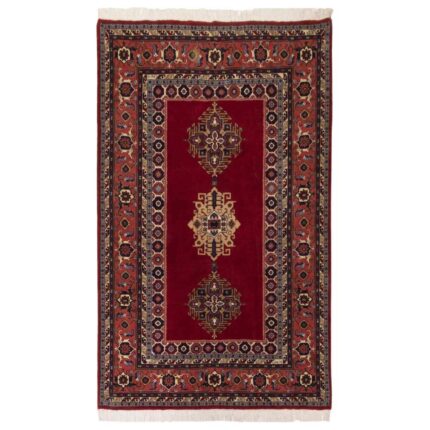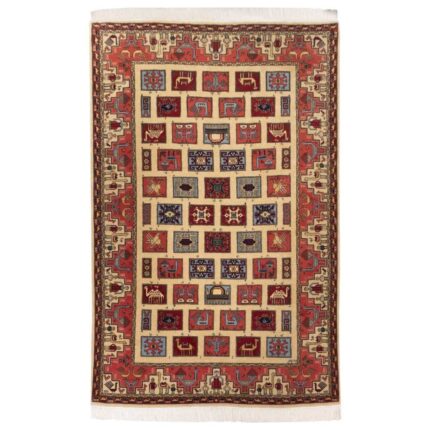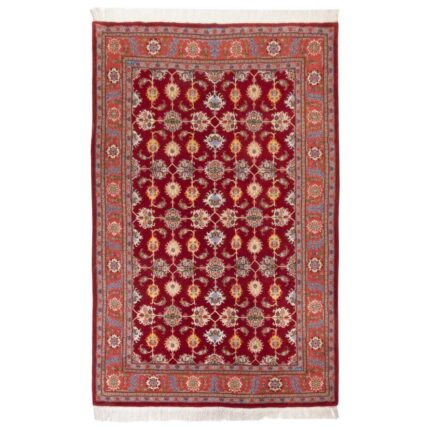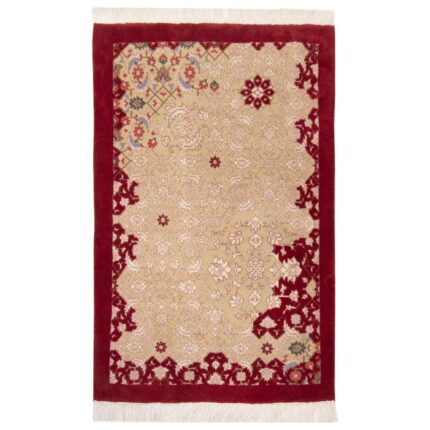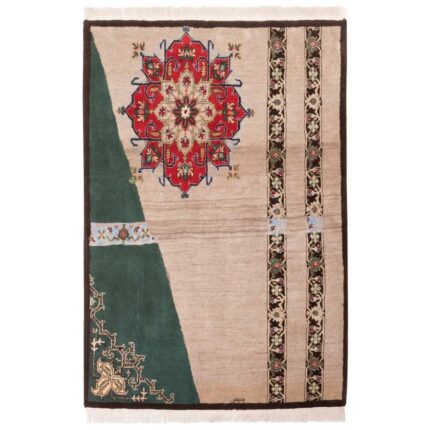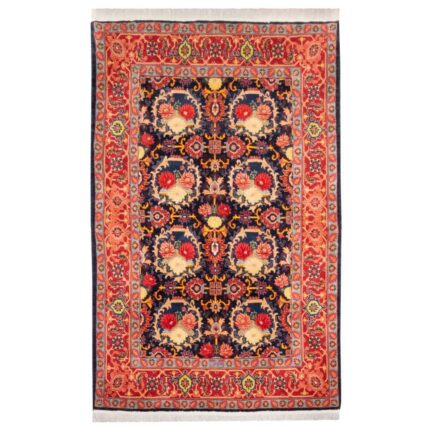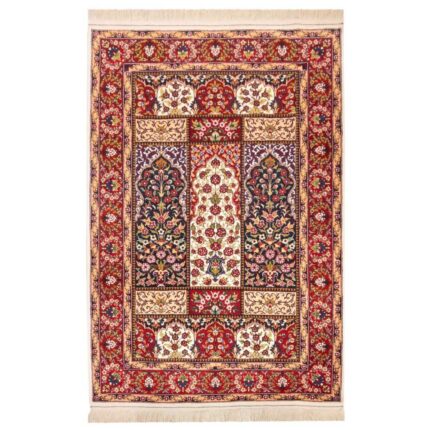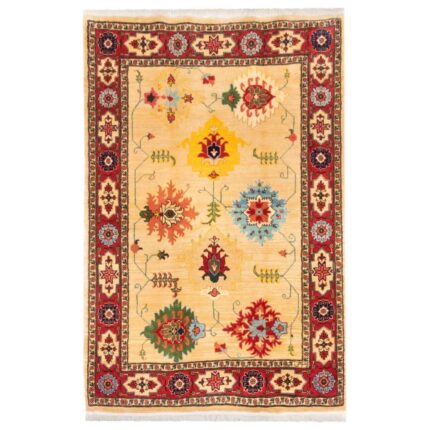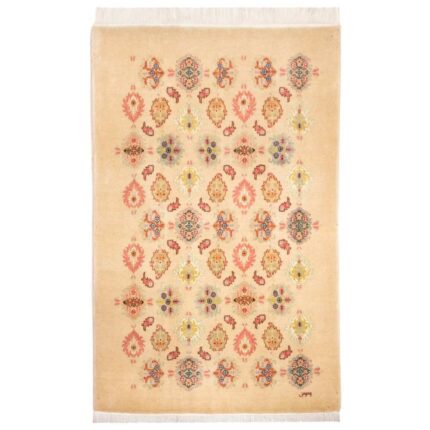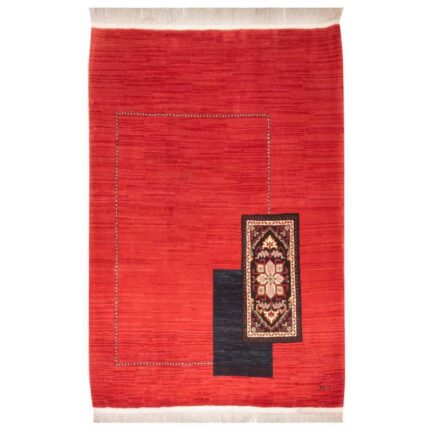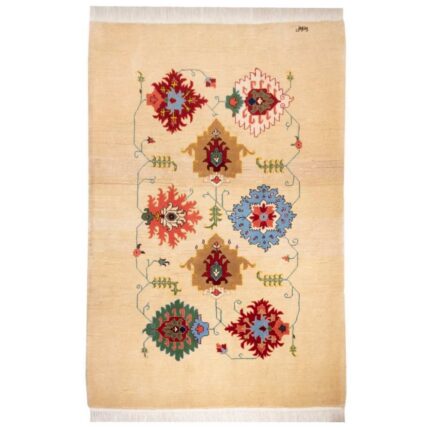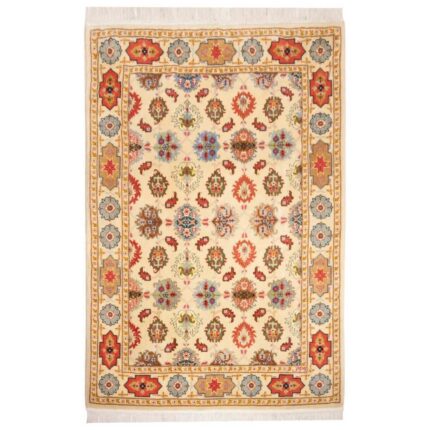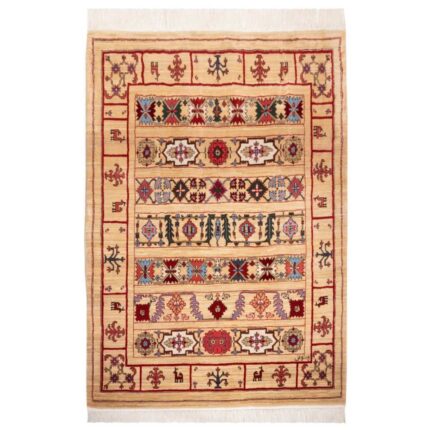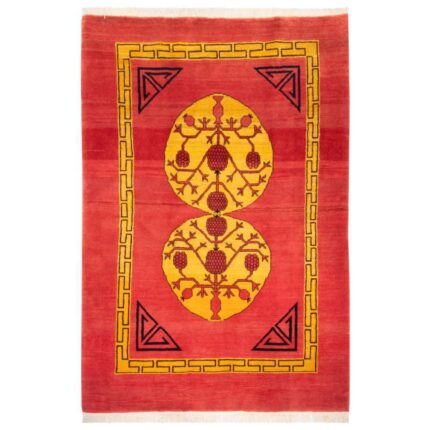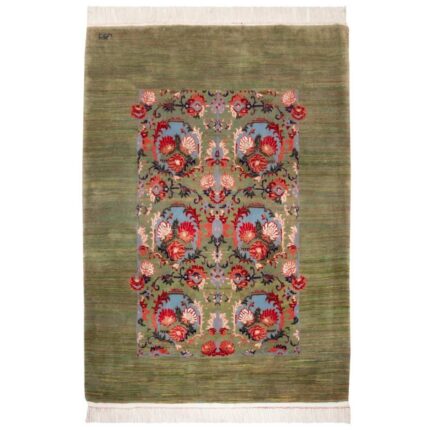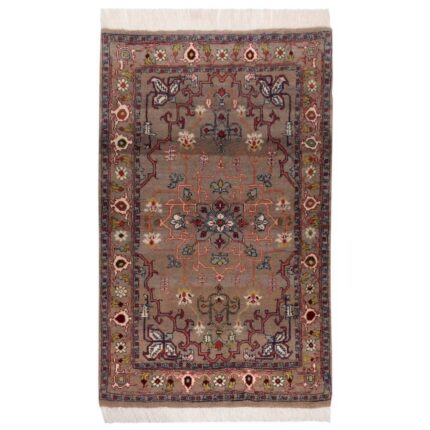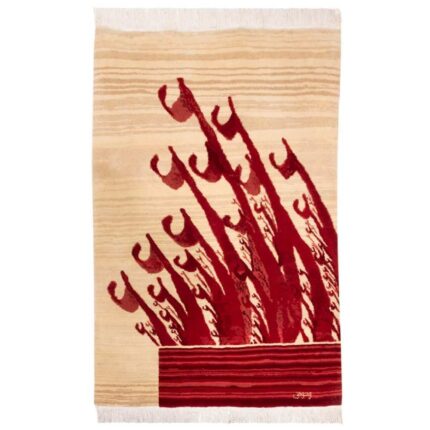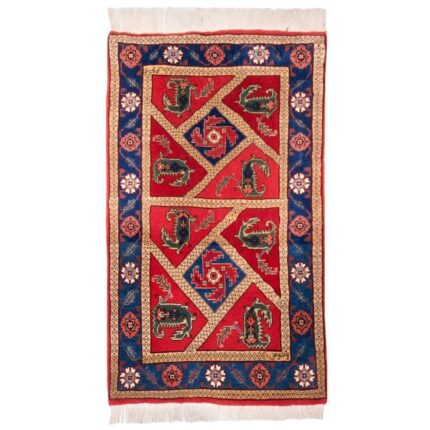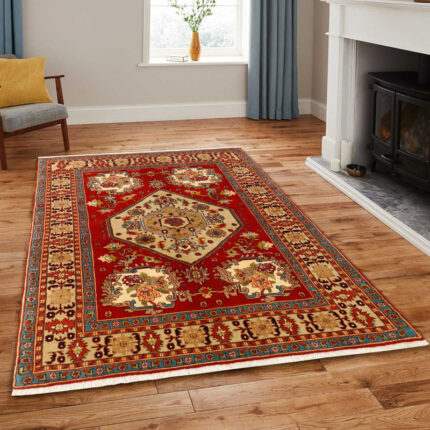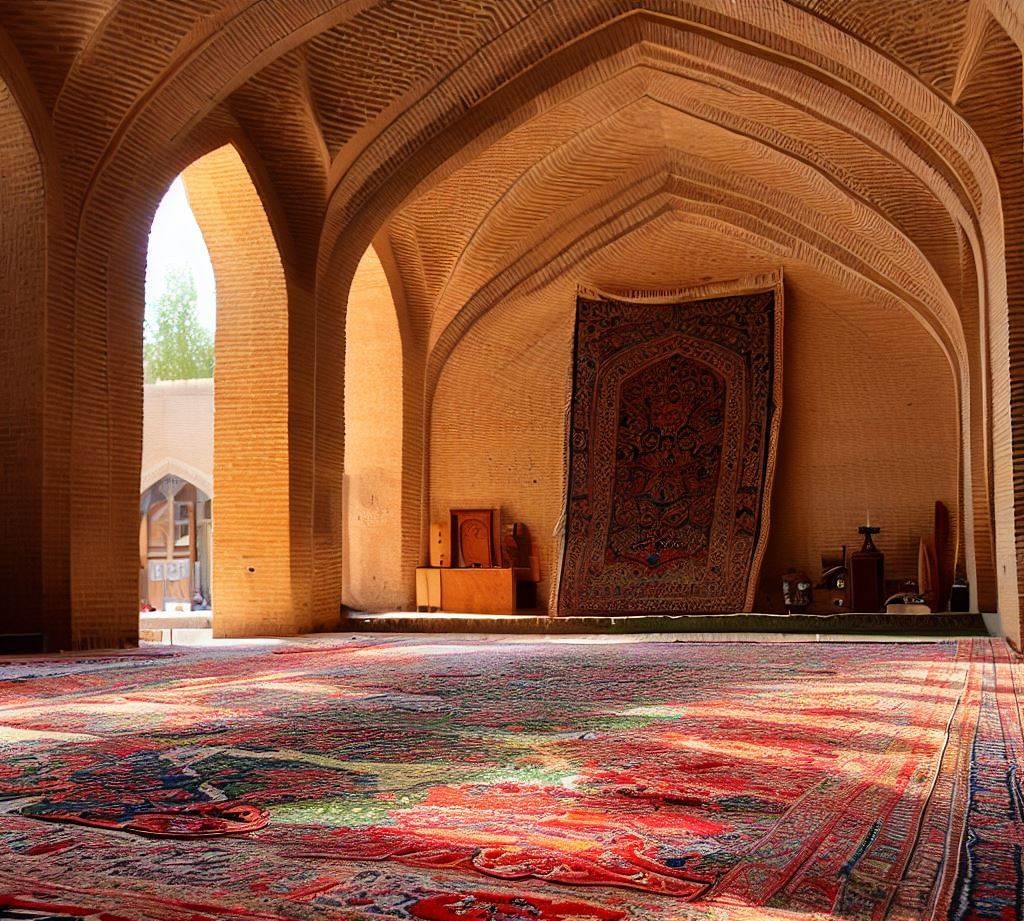Ardabil Rug & Carpet
Ardabil Persian Rug
Ardabil Persian rugs are exquisite and highly prized carpets from northwestern Iran. These rugs are known for their exceptional craftsmanship, intricate designs, and high-quality materials such as wool and silk.
The Ardabil Persian rug often features geometric patterns, floral motifs, and medallion designs, showcasing the region’s artistic heritage. The beauty and elegance of these rugs make them a sought-after addition to any rug collection or interior space.
Ardabil Carpets, available at Ersaly, is a testament to the skill and artistry of Iranian artisans. These carpets feature intricate designs, vibrant colors, and exceptional quality, making them a cherished addition to any space. Each Ardabil Carpet is carefully crafted using traditional techniques, such as hand-knotting, resulting in a durable and long-lasting rug.
History of Ardabil Carpets
The history of Ardabil carpets dates back to the 16th century, during the Safavid dynasty in Persia. The most famous Ardabil carpet, known as the “Ardabil Carpet,” was commissioned by Shah Tahmasp I and is believed to have been woven by the master weaver Maqsud Kashani.
This magnificent carpet, now housed in London’s Victoria and Albert Museum, features intricate designs and exceptional craftsmanship, setting the standard for Ardabil carpets.
Over the centuries, the city of Ardabil has continued to produce high-quality carpets, maintaining its reputation as a center for exceptional rug weaving.
Ardabil Carpet Advantage
The Ardabil carpet advantage lies in its exceptional craftsmanship, intricate designs, and high-quality materials. Artisans in Ardabil are skilled in creating rugs with fine knotting and attention to detail, resulting in durable and visually stunning carpets.
The use of high-quality materials, such as wool and silk, further enhances the beauty and longevity of these carpets. Ardabil carpets often feature unique geometric patterns and motifs that distinguish them from other Persian rugs, making them a valuable and sought-after addition to any collection.
Ardabil Rug for Sale
Ardabil rugs for sale offer a unique opportunity to acquire a piece of Persian artistry and history. These rugs are characterized by their intricate patterns, exceptional craftsmanship, and high-quality materials such as wool and silk.
Available in various sizes, designs, and materials, an Ardabil rug can be a stunning addition to any home, office, or collection. When purchasing an Ardabil rug, consider factors such as the rug’s quality, age, and condition to ensure a valuable and lasting investment.
Ardabil Carpet Price
The price of an Ardabil carpet can vary widely depending on factors such as size, age, design, materials used, and overall condition. Smaller, modern rugs made from lower-quality materials may be more affordable, while larger, antique rugs crafted from high-quality wool or silk can command a premium price.
The intricate patterns and exceptional craftsmanship of Ardabil carpets make them a worthwhile investment for those seeking a unique and artistic addition to their home or collection.
Ardabil Carpet Meaning
The meaning of an Ardabil carpet lies in its rich history, artistry, and cultural significance. These rugs are a testament to the centuries-old tradition of rug weaving in Ardabil, reflecting the skill and creativity of its artisans.
The intricate designs and motifs found in Ardabil carpets often hold symbolic meaning, representing themes such as fertility, abundance, and protection. Ardabil carpet is an investment in a beautiful, functional piece and a connection to a rich cultural heritage.
Ardabil Carpet Artist
The artists behind Ardabil carpets are skilled weavers who have honed their craft through generations of rug-making tradition. These artisans are responsible for the intricate designs, fine knotting, and exceptional craftsmanship that define Ardabil carpets.
One of the most famous Ardabil carpet artists was Maqsud Kashani, who is believed to have woven the renowned “Ardabil Carpet” commissioned by Shah Tahmasp I in the 16th century. Today, Ardabil carpet artists continue to create exquisite rugs that uphold the city’s reputation as a center of exceptional rug weaving.
Ardabil Carpet Culture
The culture of Ardabil carpets is deeply rooted in the history and artistic heritage of Ardabil in northwestern Iran. Rug weaving has long been integral to the city’s identity, with artisans passing down their skills and knowledge through generations.
The intricate designs, motifs, and craftsmanship of Ardabil carpets reflect the region’s rich cultural tapestry, making them a treasured and meaningful addition to any collection or interior space.
Ardabil Carpet Design
Intricate patterns, geometric motifs, and medallion layouts characterize Ardabil carpet designs. These designs often feature a central medallion surrounded by a field of stylized floral elements, animals, or other symbolic imagery.
The borders of Ardabil carpets typically showcase a series of complementary patterns, further enhancing the rug’s visual appeal. The combination of artistic expression, exceptional craftsmanship, and high-quality materials make Ardabil carpet designs a captivating and timeless choice for any space.
Ardabil Carpet History
The history of Ardabil carpets is intertwined with the city’s artistic heritage and the broader history of Persian rug weaving. Dating back to the 16th century during the Safavid dynasty, Ardabil gained renown for exceptional carpet production, with the most famous example being the “Ardabil Carpet” commissioned by Shah Tahmasp I.
Over the centuries, the city’s artisans have continued to create high-quality carpets, upholding the legacy of Ardabil as a center for outstanding rug weaving. The history of Ardabil carpets is a testament to the enduring artistry, craftsmanship, and cultural significance of these exquisite rugs.
Ardabil Iranian Carpet
Ardabil Iranian carpets are among the finest examples of Persian rug weaving, originating from Ardabil in northwestern Iran. These carpets showcase exceptional craftsmanship, intricate designs, and high-quality materials for which Persian rugs are renowned.
Typically featuring geometric patterns, floral motifs, and medallion designs, Ardabil Iranian carpets are sought-after by collectors and decorators alike for their unique artistry and cultural heritage.
Ardabil Carpet Material
The materials used in Ardabil carpets are key to their beauty and durability. High-quality wool, often from local sheep, is the most common material used in these rugs, prized for its softness, strength, and natural resilience.
Persian Silk Rug is also used in some Ardabil carpets, particularly finer pieces, adding a luxurious sheen and allowing even more intricate designs. The combination of excellent materials and skilled craftsmanship ensures that Ardabil carpets are visually stunning and long-lasting.
Ardabil Carpet Size
Ardabil carpets come in various sizes to suit various spaces and preferences. An Ardabil rug fits any need, from smaller accent rugs to larger room-sized carpets.
The size of an Ardabil carpet can influence factors such as price, design complexity, and overall impact on a space. When selecting the perfect Ardabil carpet, consider your room’s dimensions and the rug’s desired effect within your interior design.
Ardabil Silk Carpet
Ardabil silk carpets are among the most luxurious and exquisite examples of Persian rug weaving. Crafted from high-quality silk, these carpets showcase the exceptional skill of Ardabil artisans with intricate designs and fine knotting that only silk can achieve.
The sheen and softness of silk add unparalleled elegance to these rugs, making them a coveted addition to any collection or interior space. While Ardabil silk carpets can command a premium price, their beauty, artistry, and craftsmanship make them a worthwhile investment for those seeking the ultimate Persian rug luxury.
FAQs:
What is a Persian Ardabil Carpet?
A Persian Ardabil Carpet is a handwoven carpet originating from Ardabil in Iran. It is known for its exceptional craftsmanship, intricate designs, and high-quality wool used in its production.
What makes Persian Ardabil Carpets unique?
Persian Ardabil Carpets are distinguished by their distinct patterns, which often include floral motifs, geometric shapes, and intricate medallions.
What are the typical sizes of Persian Ardabil Carpets?
Persian Ardabil Carpets come in various sizes to suit different needs and spaces. Common sizes include small area rugs, runner rugs, and larger room-sized carpets.
How can I care for a Persian Ardabil Carpet?
To care for a Persian Ardabil Carpet, it is recommended to vacuum it regularly to remove dirt and dust particles. It is also advisable to rotate the carpet periodically to ensure even wear.



